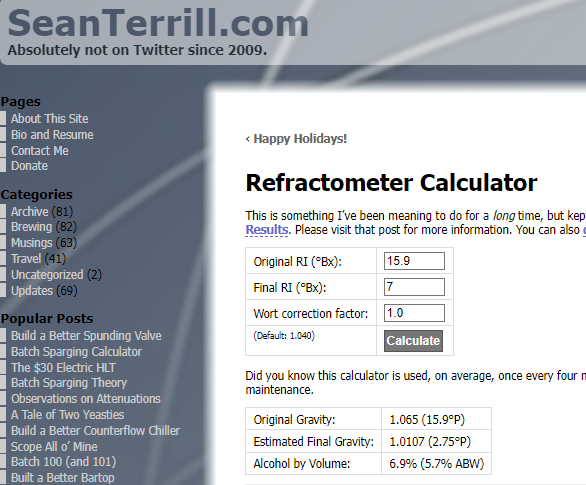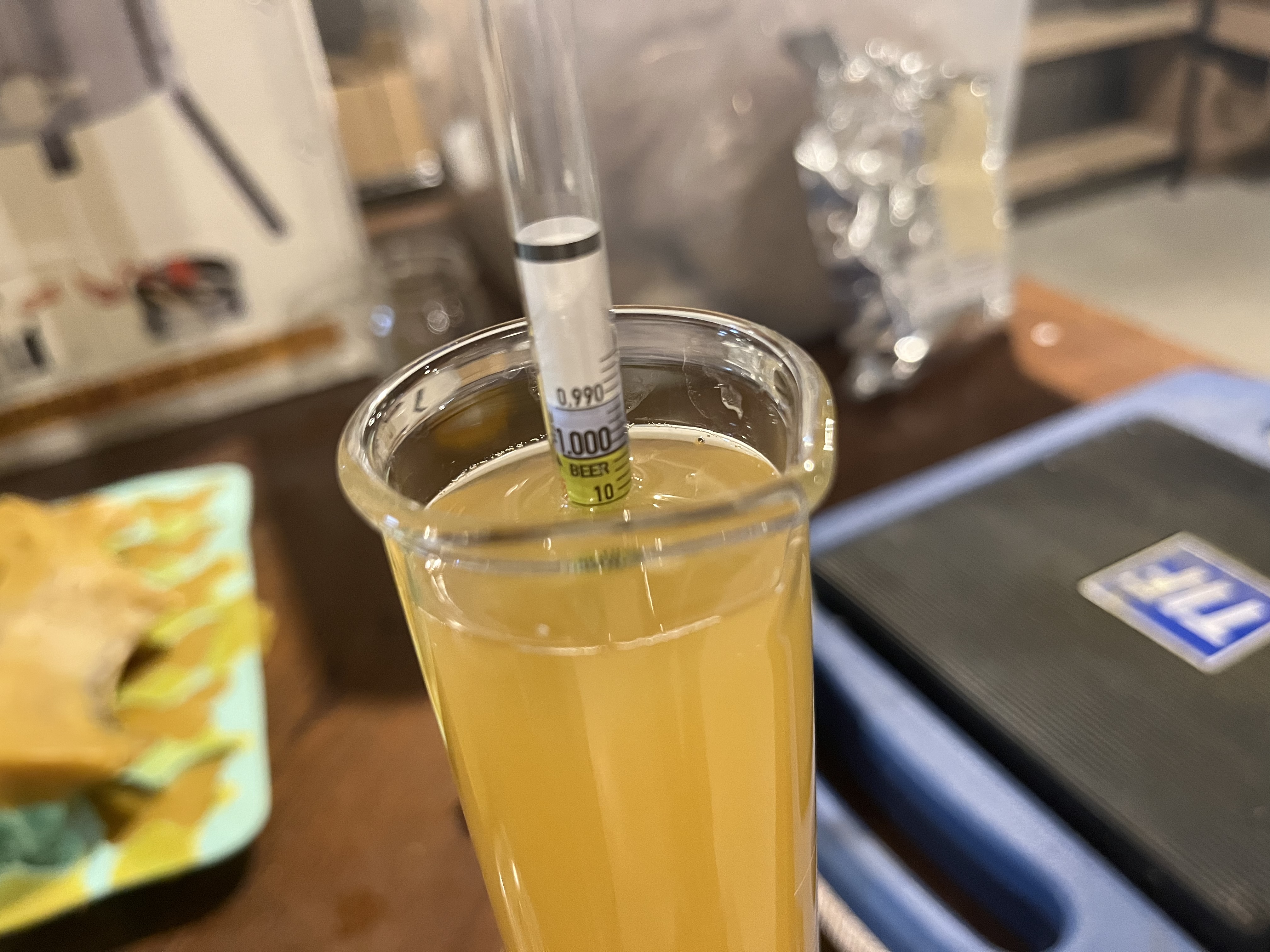+1, They are estimates subject to instrument and random error. If you want to really geek out, take multiple measurements with each device, calculate means, standard error, and 95% confidence intervals. Too much fun and supports an illusion that you are a brewery scientist.you would think, I have seen side by side comparisons using tilt, hydrometer and refractometer and the tilt was the most reliable. Remember you need to adjust for temperature. And for the self correcting devices, they correct less effectively the further they move along the temp range for which they were designed. Also, you need to calibrate your devices.
lastly, it's all irrelevant anyway. IMO, most readings from home brewers are inaccurate (just take a look at how many post on the subject don't read a hydrometers meniscus correctly ). Unless you are dealing with a stuck fermentation or dialing in some advanced fermentation techniques, and you know exactly what pH and ions were on your water, the numbers aren't really going to make much of a difference. You'll still drink and enjoy your beer, and you'll likely never be able to tell by taste if your beer was a few points off (and perhaps even better than designed.
Fwiw (I have an iSpindel). If you calibrate your Tilt correctly. and it doesn't get stuck on Krause, it's nice to know when fermentation is leveled off without having to let O2 get to your beer. My refractometer lets me take quick reading but I only care about being in the ballpark. And my hydrometer is useful for double checking the other two (when I talk the time to cool wort/beer down to 60°
Keep leaning about gravity reading techniques and devices. It's good to know, and reducing user error will make your day more relaxing.
RDWHHB
Last edited:




![Craft A Brew - Safale BE-256 Yeast - Fermentis - Belgian Ale Dry Yeast - For Belgian & Strong Ales - Ingredients for Home Brewing - Beer Making Supplies - [3 Pack]](https://m.media-amazon.com/images/I/51bcKEwQmWL._SL500_.jpg)
























































